Purpose
This is a creative design exercise, allowing participants to work together as a team in achieving an objective. As part of this exercise, delegates will get to choose a number of political cartoons and have an attempt at designing one. The design is just a pretext to get people talk to each other and share what they like or dislike. The cartoons provide an opportunity to laugh about serious stuff so the exercise is light hearted but can have significant value as people can easily end up discussing values, current affairs, ethical and political issues and of course politics.
Note that the emphasis of this exercise is in the descriptive design of a cartoon as opposed to the actual drawing or art. Most people are not skilled in drawing and forcing them to draw in this exercise might make them feel uncomfortable. This is why the drawing part is ignored (though of course you can optionally add it if it suits your training needs). However, there is no reason why people cannot come up with an idea for a political cartoon which this exercise captures.
Objective
Choose three interesting editorial cartoons that would inspire you to create your own cartoon.
What You Need
- Computers with internet access. You need one for each group of 2 or 3.
- Printer, preferably in colour
- Papers
Setup
- Divide the delegates to groups of 2 or 3 so you end up with an even number of groups.
- Assign a computer to each group.
STAGE 1:
- Explain that in the first stage of this exercise groups need to pick three interesting editorial or political cartoons. These can be from any source. To help them suggest the following sources:
- Members of each group can discuss with each other on what cartoons to select. There are no particular selection criteria other than what appeals to them in terms of smart political message, humour, drawing quality or global fame.
- Allocate 10 minutes for this part and let them know so they don’t get carried away.
- Bring back everyone together.
- Advice groups to print their images so they can be used easily for this exercise (Make sure you have permission to do this).
- Assign each group to another group so you end up with pairs of groups.
- Ask each group in each pair of groups to give their cartoons to their partner group.
STAGE 2:
- Each group should now go over the cartoons they have received from their partner group and study them. Their objective is to come up with the description of a cartoon inspired from the three they have received. They don’t have to draw a new cartoon as this exercise is not about the artistic skill, though they are of course free to do so if they wish.
- They should produce a description of a cartoon as if they were going to provide it to a cartoonist to draw as a commissioned work. Hence, it must contain all the details, as well as any necessary captions. They should write this on paper.
- Allocate 20 minutes for this part.
- Bring back everyone and ask each group to present their design to others.
- Encourage other groups to provide feedback or share their ideas on possible extensions and variations.
- You should moderate the exercise to make sure it remains useful in bringing people together. Avoid any lengthy or heated political discussions from developing.
- Continue until all groups have presented.
- Follow with a discussion.
Timing
Explaining the Exercise: 5 minutes
Activity: 10 min selecting the cartoons + 10 min printing + 20 min creating a new cartoon + 20 min presenting the designs = 60 minutes
Group Feedback: 10 minutes
Discussion
What did you think of the design process you went through with your group? Were you happy with the final design? How easy did you find the process? What design impressed you the most? What did you like about the design? Were there any designs that surprised you, either because of the way they were designed, their message or their sense of humour?
Soft Skills Training Materials
Get downloadable training materials
Online Train the Trainer Course:
Core Skills
Learn How to Become the Best Trainer in Your Field
All Tags
Training Resources for You
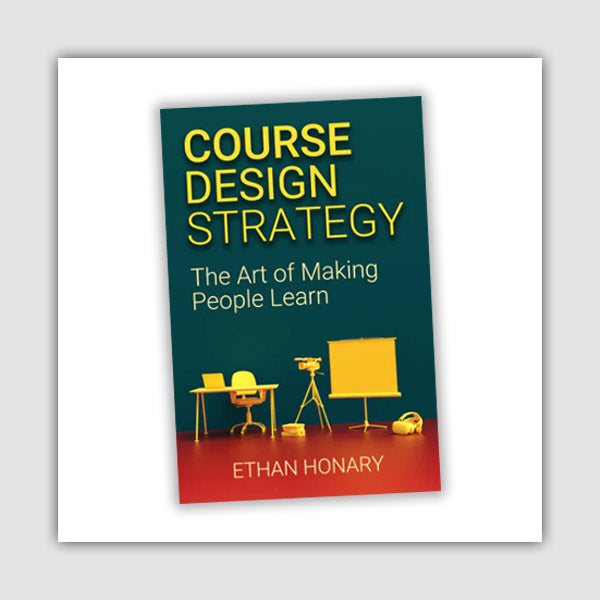
Course Design Strategy
Available as paperback and ebook

Free Training Resources
Download a free comprehensive training package including training guidelines, soft skills training activities, assessment forms and useful training resources that you can use to enhance your courses.

Our Comprehensive Guide to Body Language

Train the Trainer Resources
Get Insights - Read Guides and Books - Attend Courses
Training Materials
Get downloadable training materials on: Management Training, Personal Development, Interpersonal Development, Human Resources, and Sales & Marketing





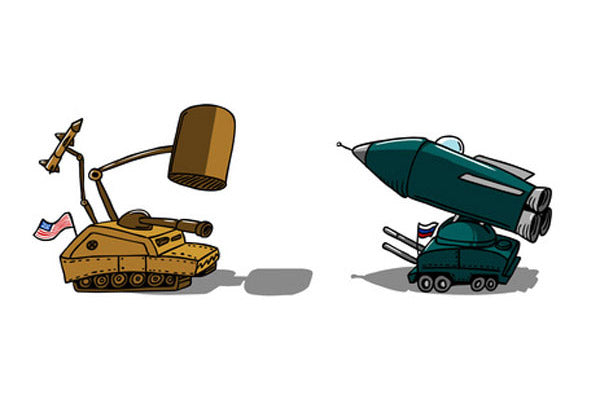



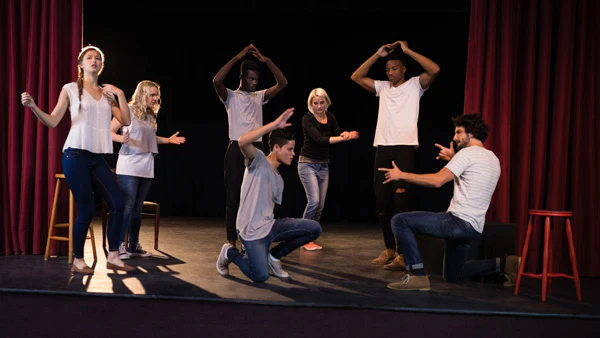
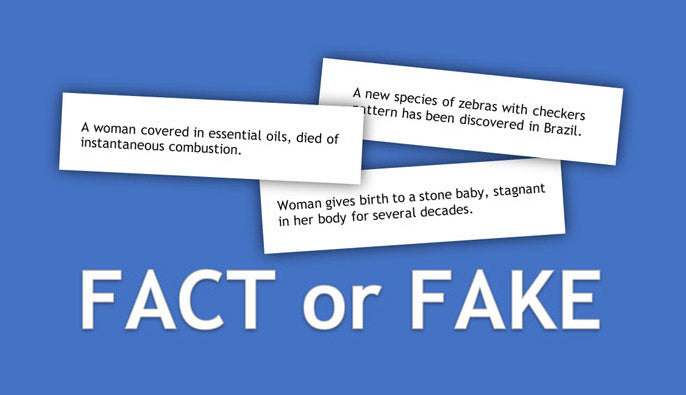
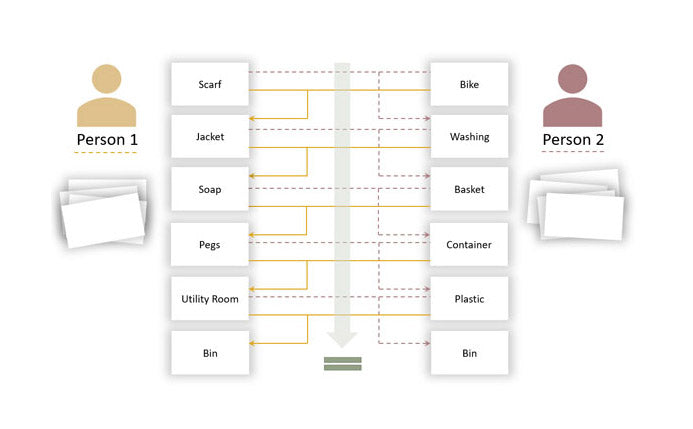
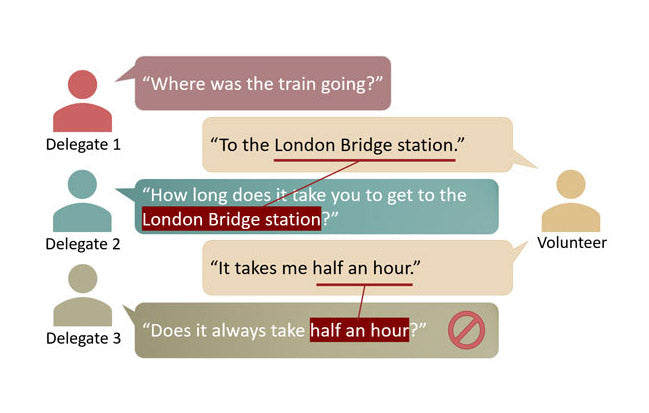
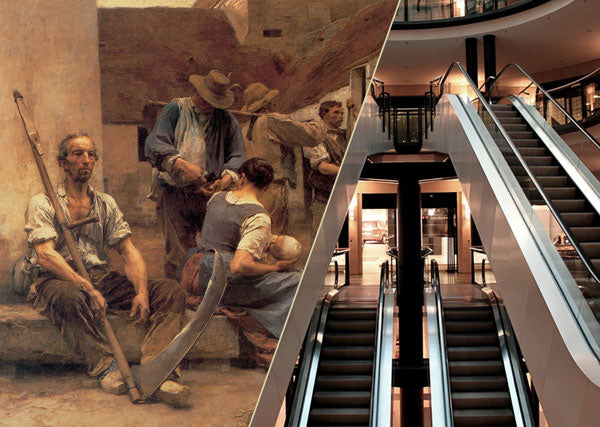
Leave a comment
All comments are moderated before being published.
This site is protected by reCAPTCHA and the Google Privacy Policy and Terms of Service apply.